Services
- Education programs & presentations
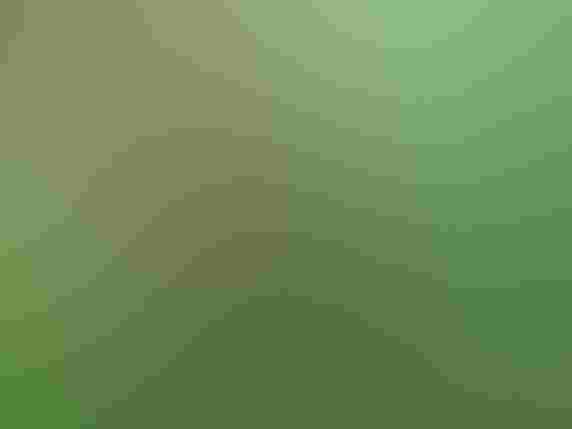
Other common names for this tall, branching, herbaceous perennial include Pokeberry, Red Ink Plant, and Pigeonberry. This plant grows 4 to 10 feet tall in partial shade and moist soil, with reddish stems and long clusters of small, white flowers that produce drooping purple/black berries in late summer to fall. Pokeweed is native to the eastern portion of the U.S., and though it provides an important food source for birds during fall migration, all parts of this plant are highly toxic to humans if eaten.
These Audubon locations near you offer native plant services
In some parts of the country you may not have a "local" Audubon that is able to provide help with native plants for birds, but we will still show you the closest Audubon that can help.
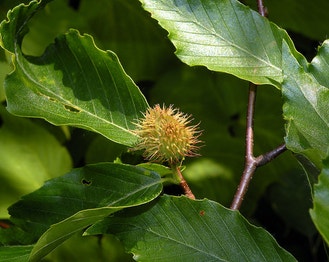
TREES



Butterflies
Caterpillars
Fruit
Nuts
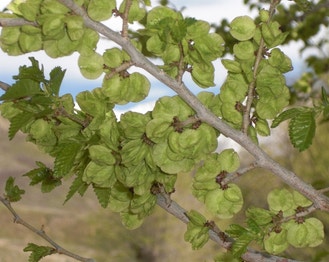
TREES



Butterflies
Caterpillars
Fruit
Nuts
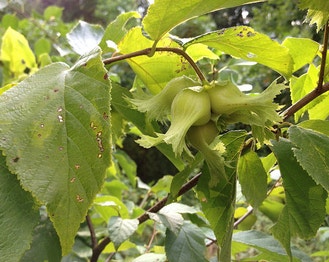
SHRUBS



Butterflies
Caterpillars
Fruit
Nuts
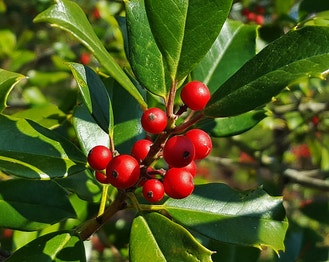
EVERGREEN / SHRUBS / TREES



Butterflies
Caterpillars
Fruit
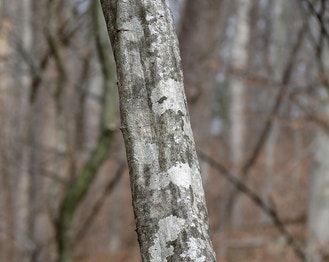
TREES



Butterflies
Caterpillars
Fruit
Nuts
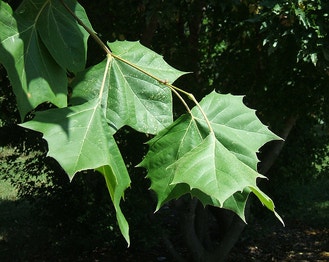
TREES



Butterflies
Caterpillars
Fruit
Nuts

SHRUBS / TREES



Butterflies
Caterpillars
Fruit
Nuts
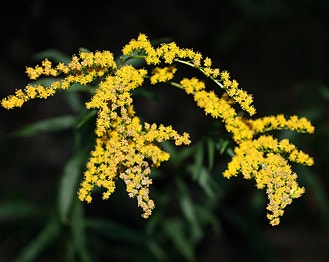
ANNUALS/PER.



Butterflies
Caterpillars
Fruit
Nuts

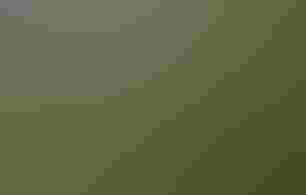
Doing a little prep and research before you go to the nursery will save headaches and ensure you build the best habitat possible.

Bird-friendly landscaping provides food, saves water, and fights climate change.

Got questions? We have answers.